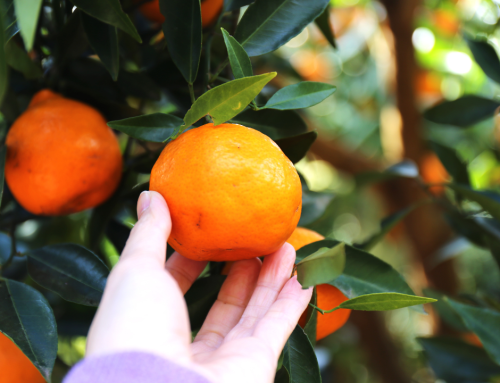Stop the spread
Essential control measures for activisation include applying protein baits to crop boundaries, untended fruiting trees and crop trees before fruits mature or early in the season to reduce the fruit fly load in and near the orchard. Follow label directions and cautions.
- Commence placement of fruit fly traps and male annihilation blocks around and within orchards. Maintain trap placement throughout the year. Follow label directions when placing traps.
- Learn the differences between pest and non-pest fruit fly species caught in traps.
- Check for untended early fruit crops such as apricots and loquats and treat trees and fruits with the approved chemical (follow label directions and cautions), grubbing-out or fruit-stripping and destruction if required.
- Evaluate the benefits or otherwise of exclusion netting / covers.
Prior to fruit set
Check for the presence of apples or quince fruit still on the tree into winter and strip and destroy all unwanted fruit.
- If there are house trees or feral trees untended that drop fruit late in autumn (plums, guavas, feijoas) there may be pupae surviving in the soil beneath or adults in surrounding broadleaf evergreens such as citrus trees.
After fruit set and prior to harvest
- Keep an eye on the number of pest fruit flies caught in traps. Identify the pest species and decide on how many pest fruit flies in traps will trigger action.
- Set up a list of anti-fruit fly activities based on trapped fly numbers.
- Apply cover sprays following approved label directions and repeat applications also following approved label directions.
- If there are low numbers of flies in traps and the crop is some way off ripening bait sprays may replace cover sprays and pull the fruit fly population down prior to harvest.
- If you are registered under an Interstate Certification Assurance scheme (ICA) you must adhere to its requirements.
High numbers expected
Queensland fruit fly numbers were high last season due to the La Nina weather pattern and a shortage of harvest labour resulting in excess fruit left of the tree and ground. It is likely higher than normal numbers of adult flies have entered the winter season and sought refuges in warm spots where they may survive until temperatures increase. Fruit fly do not hibernate in the ground over winter, they survive in evergreen trees where they are protected from the cold.
Growers will need to act early this year to manage the expected increased pressure anticipated later in the year.




